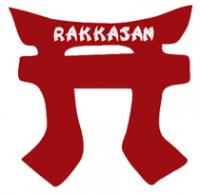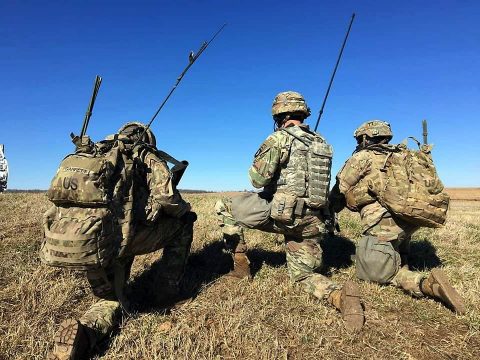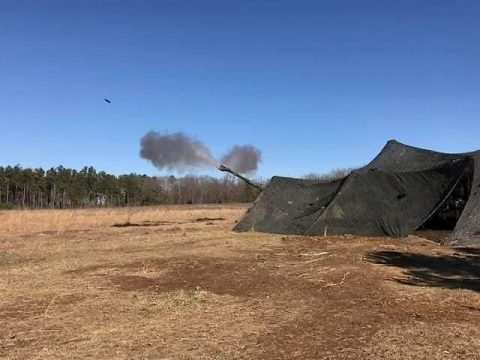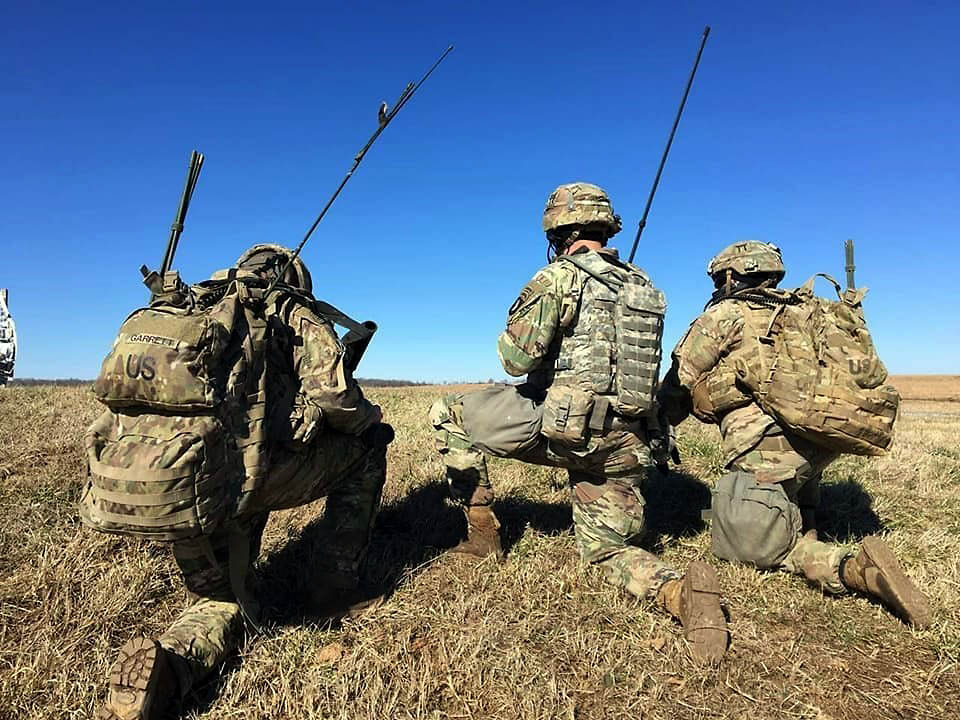Written by 1st. Lt. John C. Nicholson
3rd Brigade Combat Team, 101st Airborne Division (AA) Public Affairs


Fort Campbell, KY – Soldiers from 3rd Battalion, 320th Field Artillery Regiment “Red Knight,” conducted live fire missions on Fort Campbell’s south impact area in support of the Brigade Combat Team’s maneuver battalions January 28th to February 1st.
The training was part of the Brigade’s Fire Control Exercise in preparation for the Rakkasan’s JRTC rotation at Fort Polk, LA. By utilizing 155mm and 105mm howitzers, the Red Knights achieved lethal and non-lethal effects on templated enemy formations at 3rd Brigade’s walk and shoot.

The firing batteries trained on missions they were expected to conduct at JRTC such as destruction, smoke, and illumination, which were shot in the southern impact area.
Throughout the exercise, the Red Knights’ firing batteries training resulted in reduced mission processing times, accurate and effective fires, and the ability to operate in challenging conditions such as freezing temperatures, snow, displacement and chemical environments.
“The FCX displayed our capabilities as an all-weather weapons platform, providing suppressive fires in support of Rakkasan maneuver in snowy and sub-freezing conditions. The conditions tested not only the capabilities of the M777A2 and M119A3, but also the resilience and lethality of the Soldiers of the Red Knights” said Capt. Griffin J. Spencer, Commander of Cobra Battery 3rd Battalion, 320th Field Artillery, 3rd Brigade Combat Team, 101st Airborne Division.
Red Knight forward observers attached to their maneuver companies controlled and observed not only the howitzers, but also company and battalion mortars and notional close air support and Army attack aviation role played by certified Joint Fire Observers during the live fire. Fire support teams trained on echelonment of fires to ensure efficient engagement of enemy forces while minimizing the risk to friendly forces moving across the battlefield.

In the Kinnard Mission Training Center the Rakkasans practiced dynamic and multi-faceted information collection using scouts assigned to 1st Squadron, 33rd Cavalry Regiment, sniper teams, forward Observers, and intelligence assets in a virtual environment simulating the Fort Polk training area. Simulated enemy units were identified, analyzed for targeting against an attack guidance matrix and then destroyed.
The Rakkasans restarted the simulation each day of the week, with the enemy becoming more complex and aggressive after each day. The Rakkasans would encounter the full spectrum of maneuver warfare threats such as indirect fires, attack aviation, armor, and chemical environments. The increasingly lethal threat warranted highly sophisticated levels of coordination and positioning of maneuver and fire support elements.
Several digital systems were tested during the simulation, using devices that units will actually train with during the rotation at the Combat Training System, including multiple fire support systems, battlefield trackers, and operations planners. The Rakkasans will use these devices in order to reduce fire mission processing times and provide real time battle tracking and sharing of intelligence and operations products.
The fire missions requested by simulator operators in the KMTC such as destruction, smoke, and illumination missions were sent in real time to Red Knight’s Advanced Field Artillery Tactical Data System (AFATDS) operators, who processed missions based on the guidance they received at the brigade level.
With every repetition, the Rakkasans became more efficient at collecting and disseminating information for processing into intelligence, quickly disseminating orders down to the platoon level, and defeating complex threats while minimizing casualties. The FCX provided the Rakkasans with a thorough way to identify strengths and weaknesses in their standard operating procedures before their JRTC rotation this March. The time spent in the KMTC will surely pay off when the Rakkasans arrive at JRTC.



